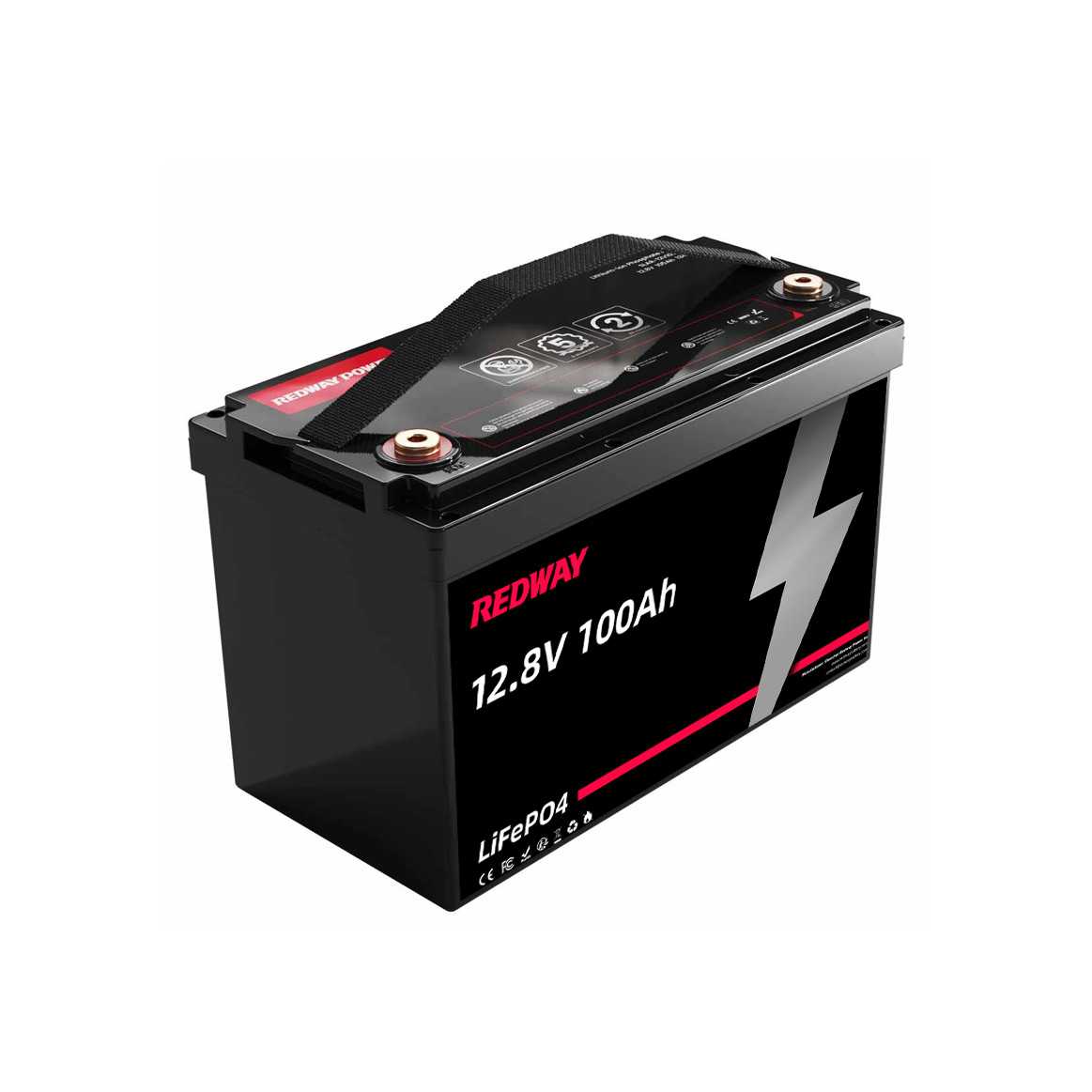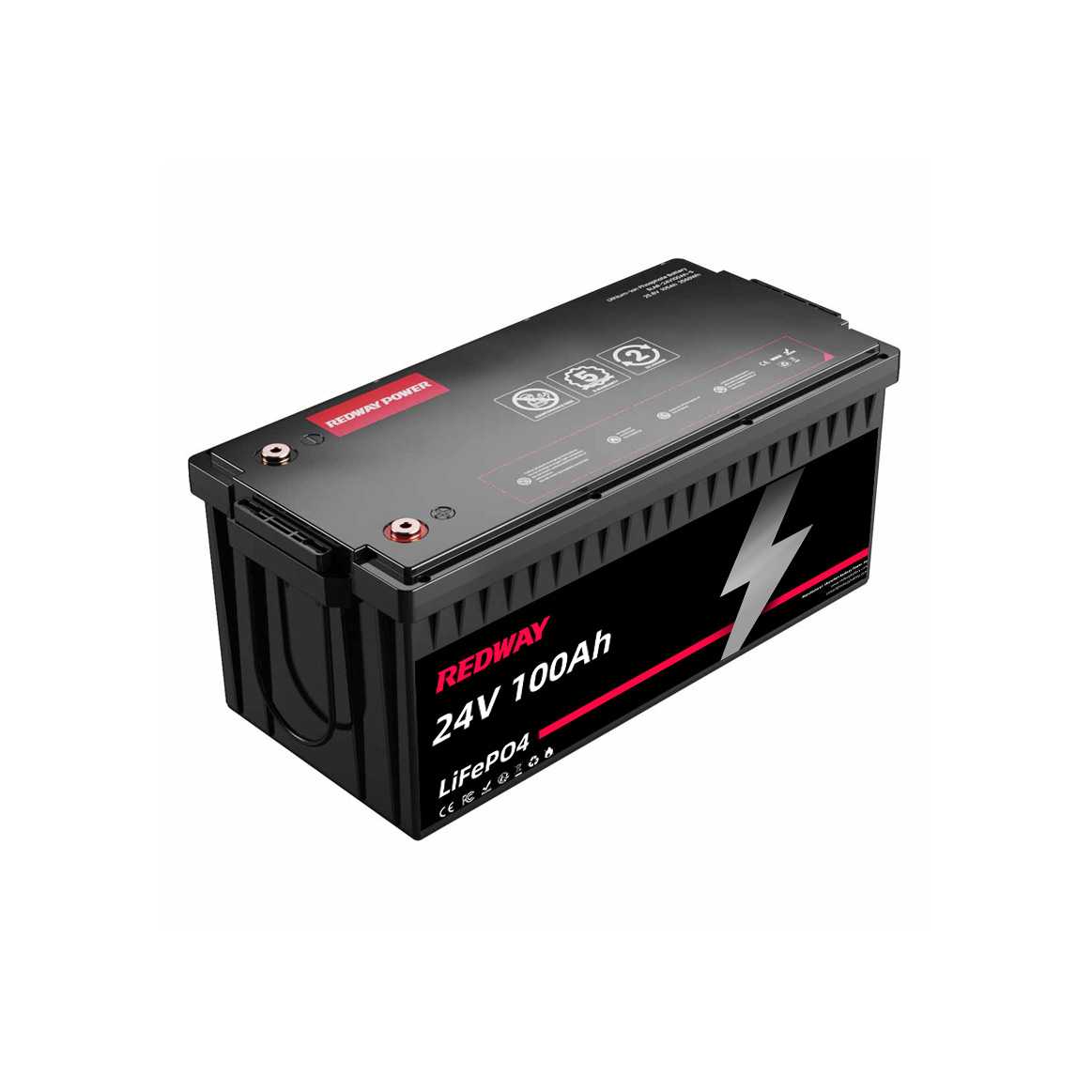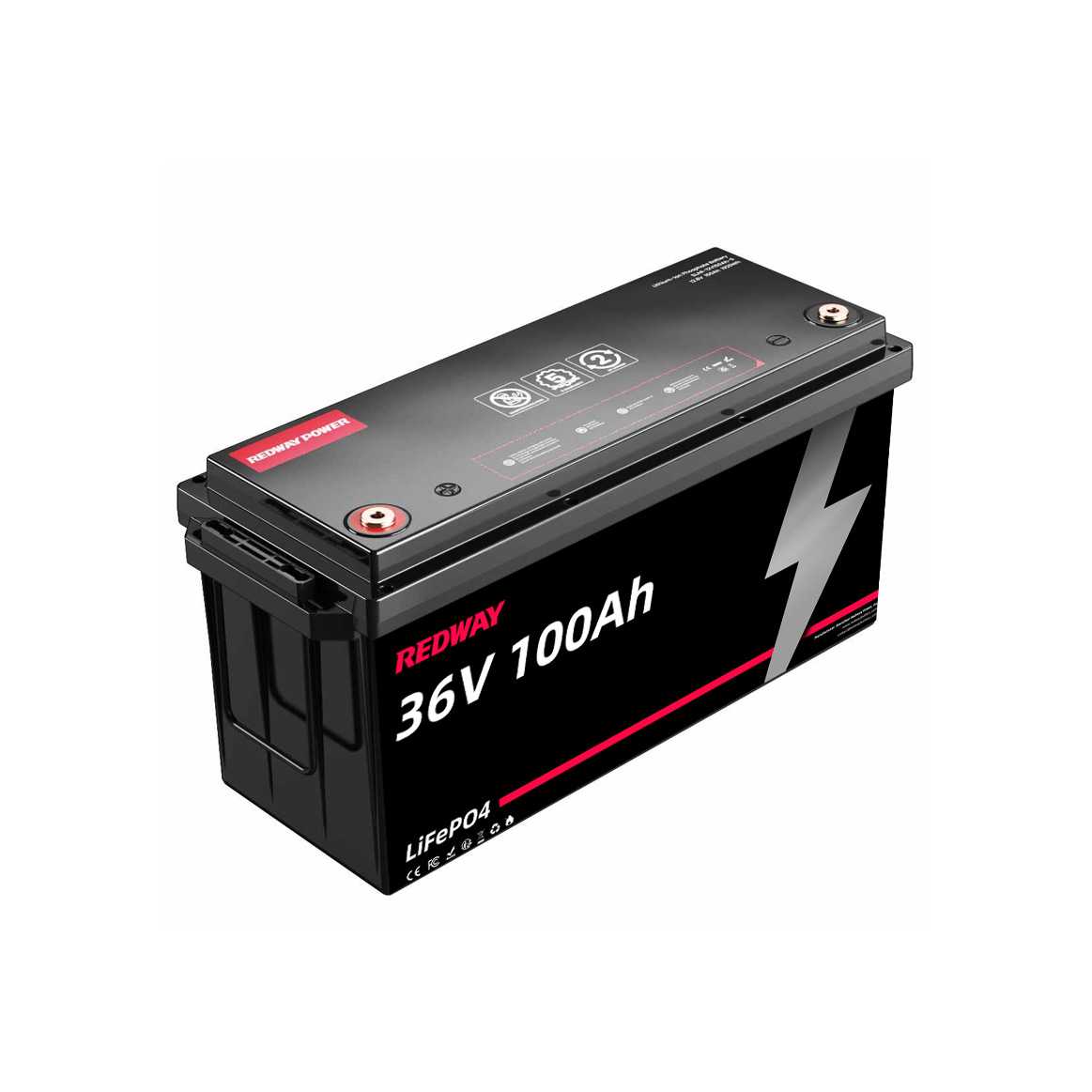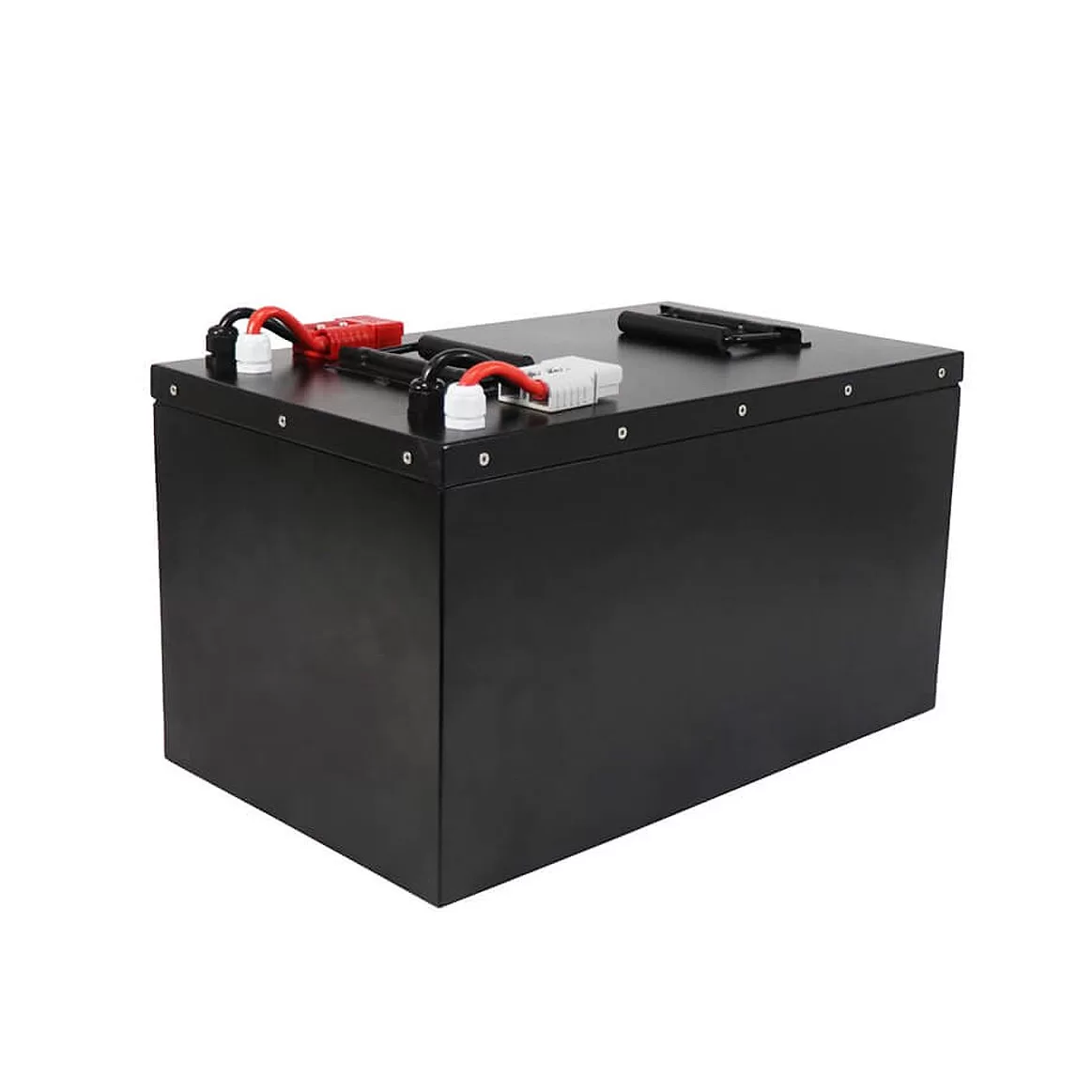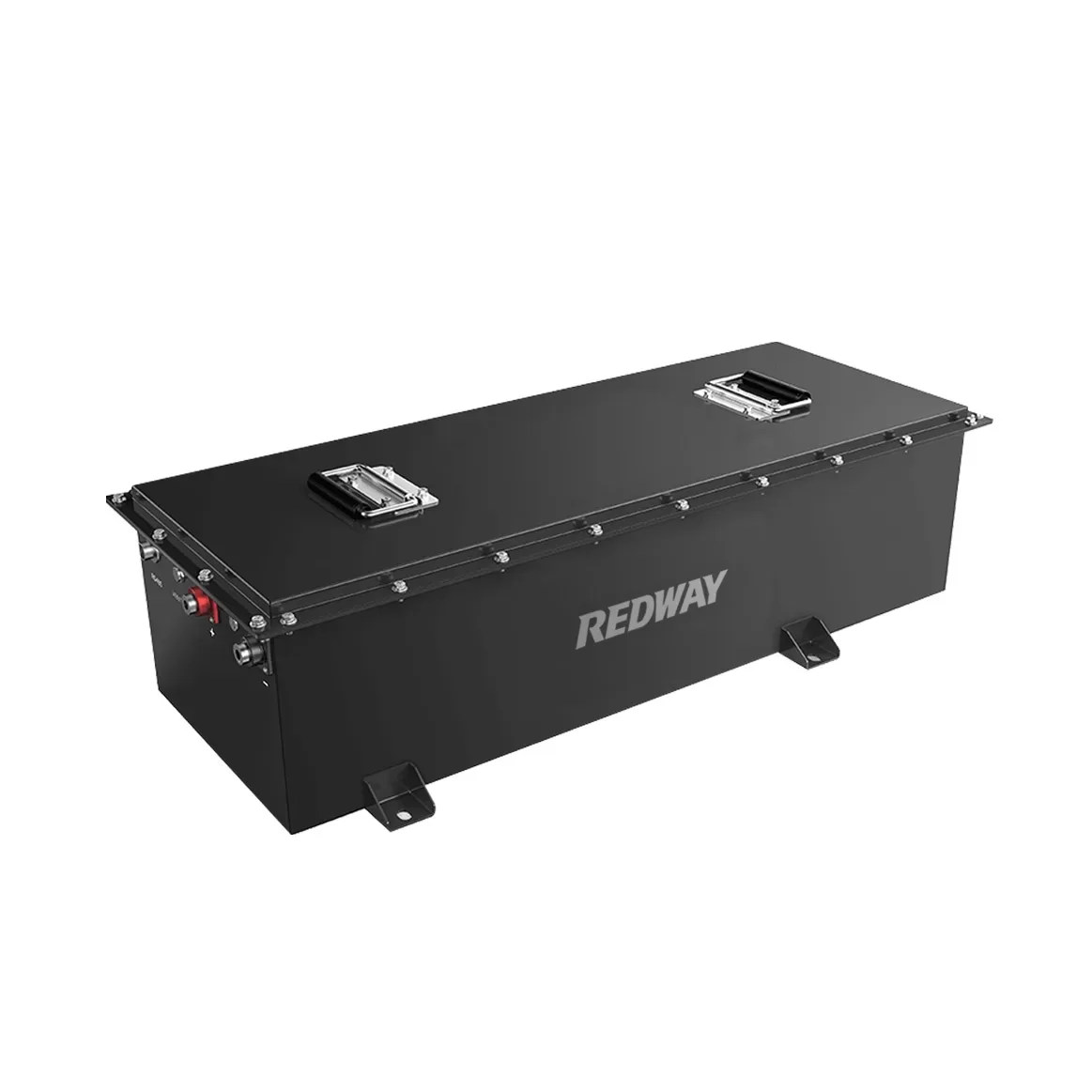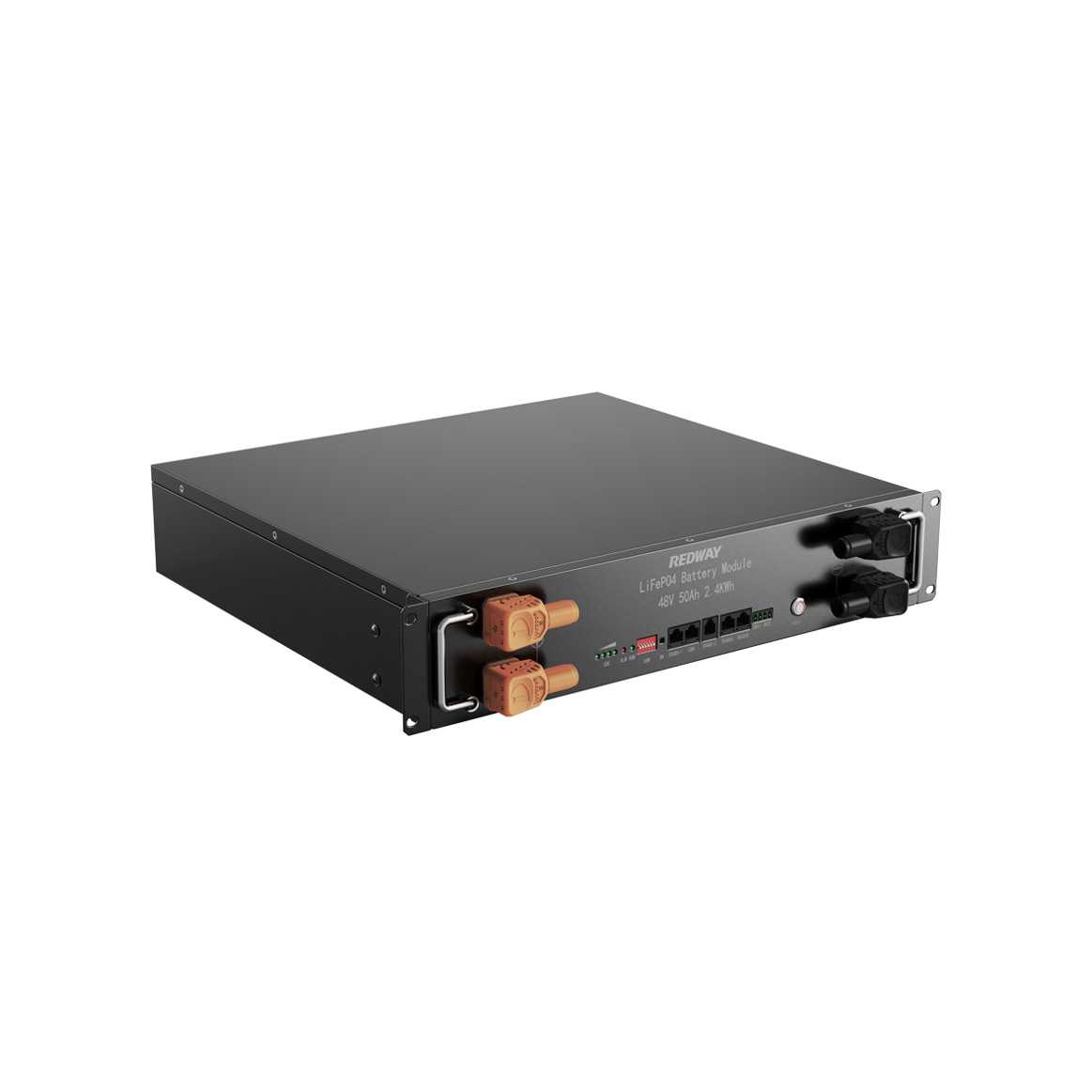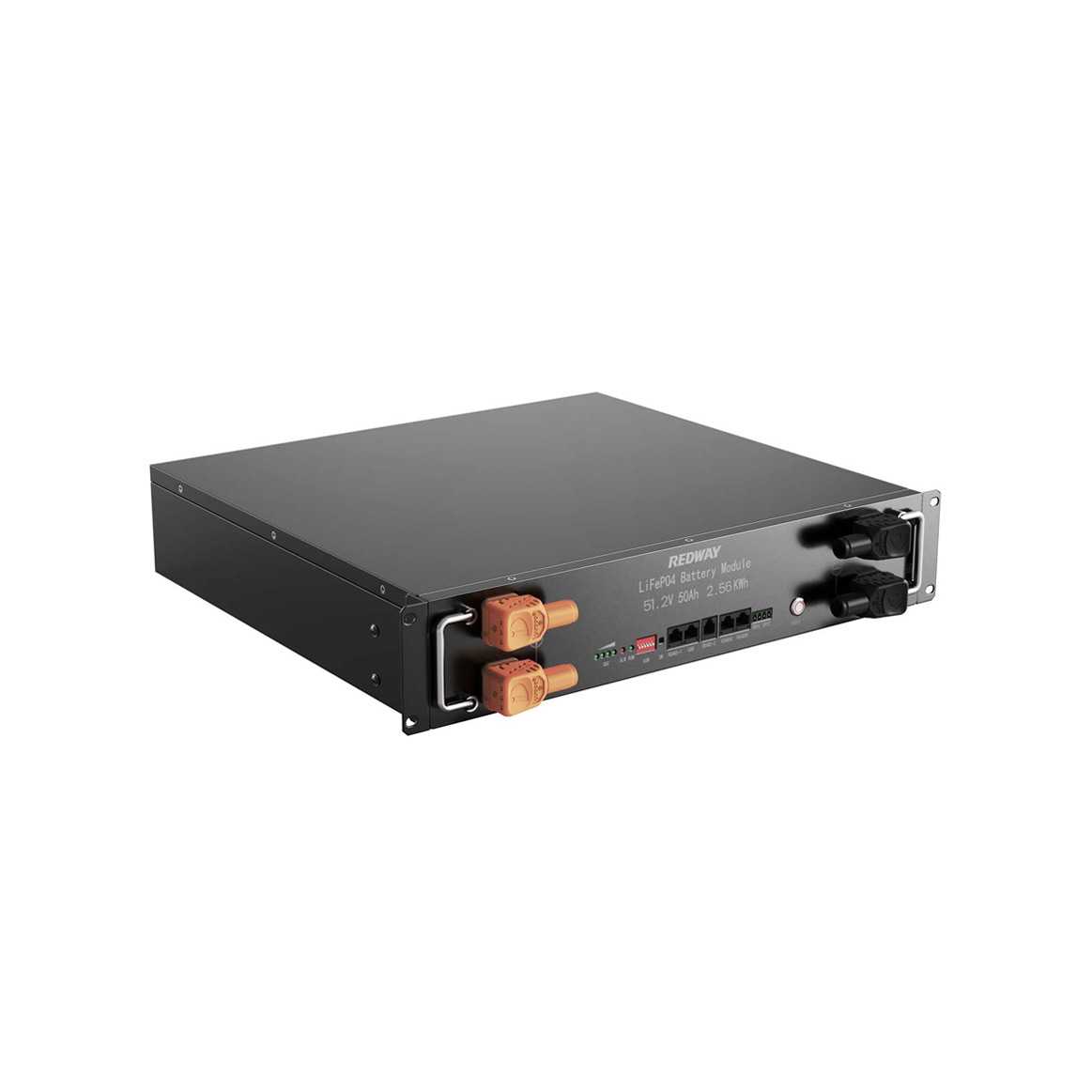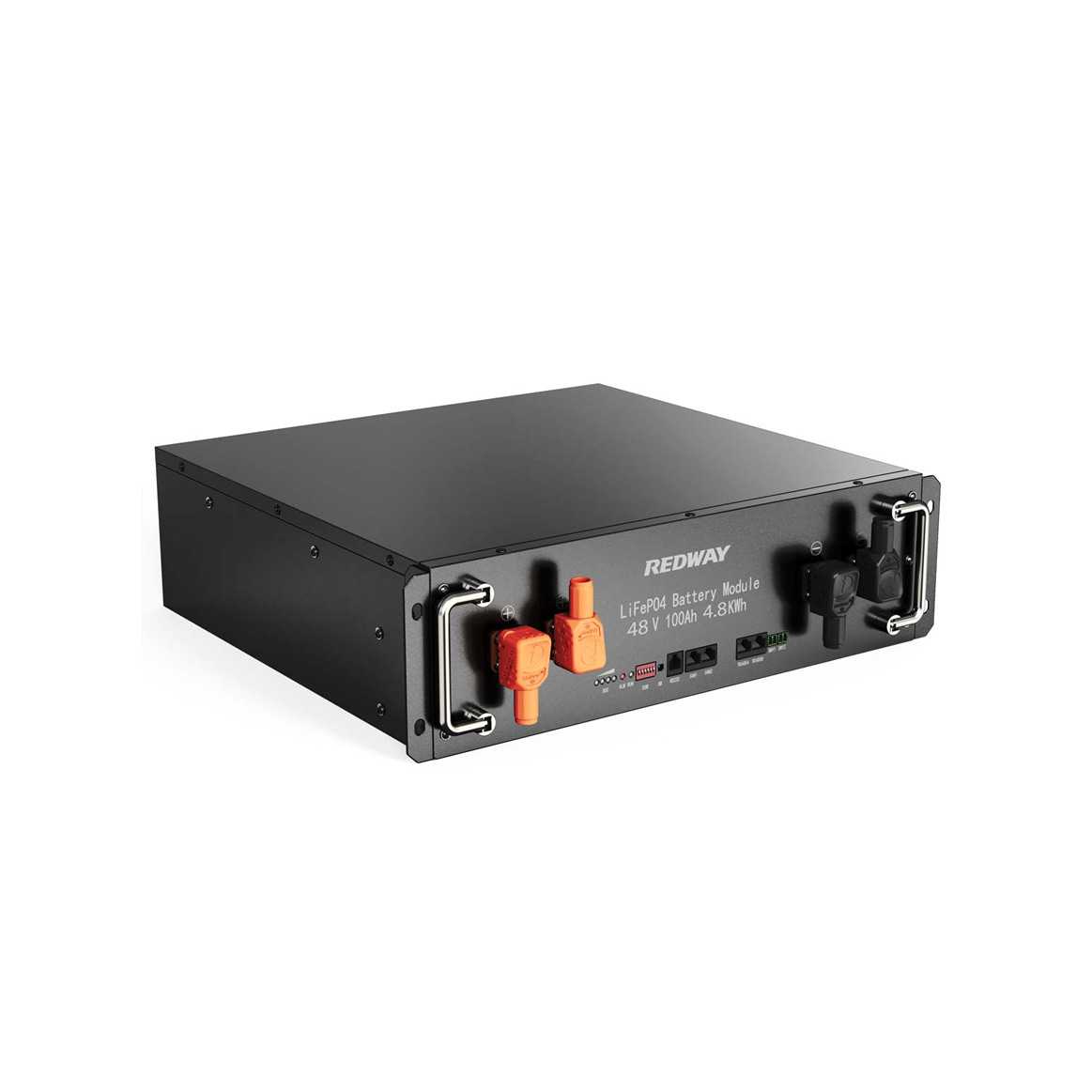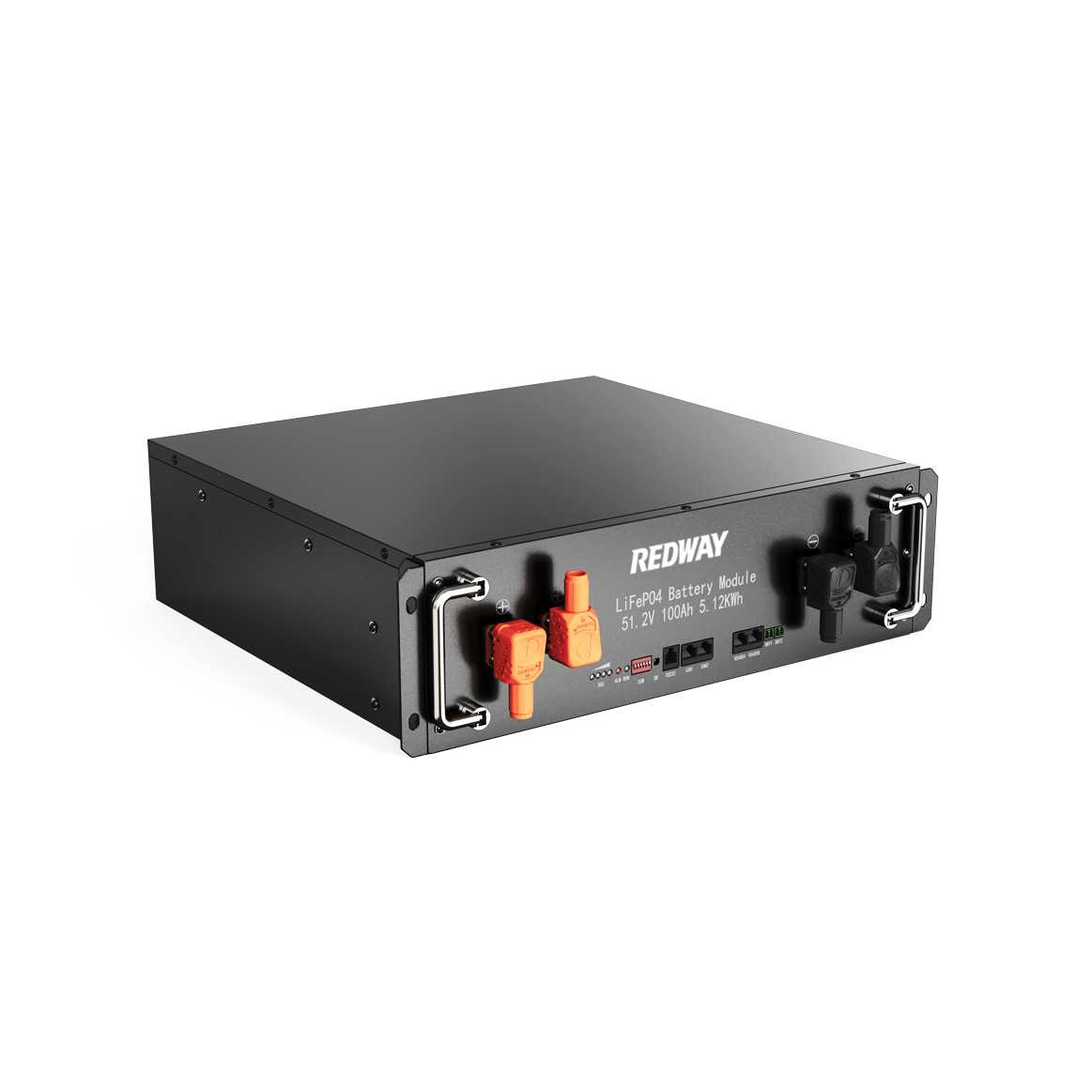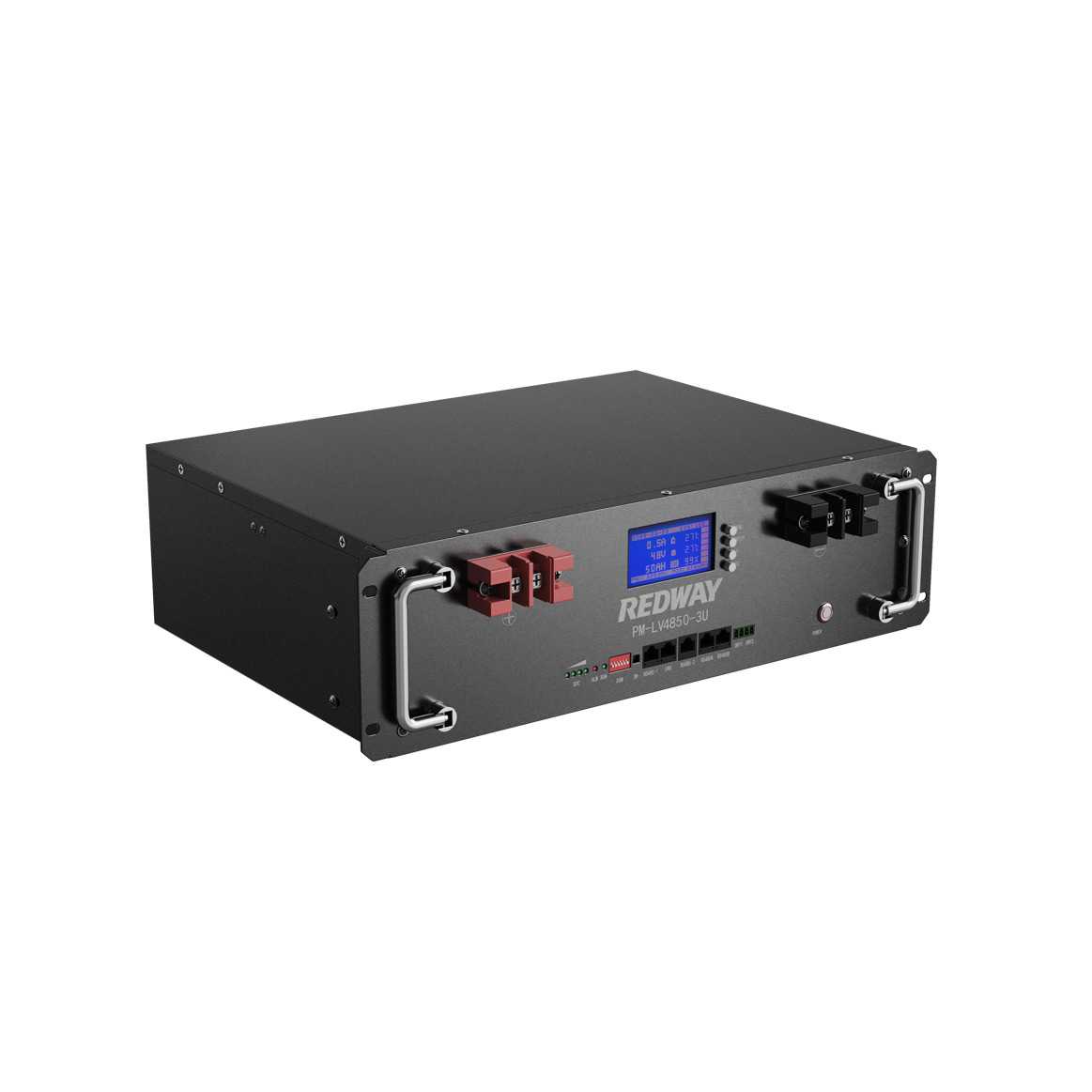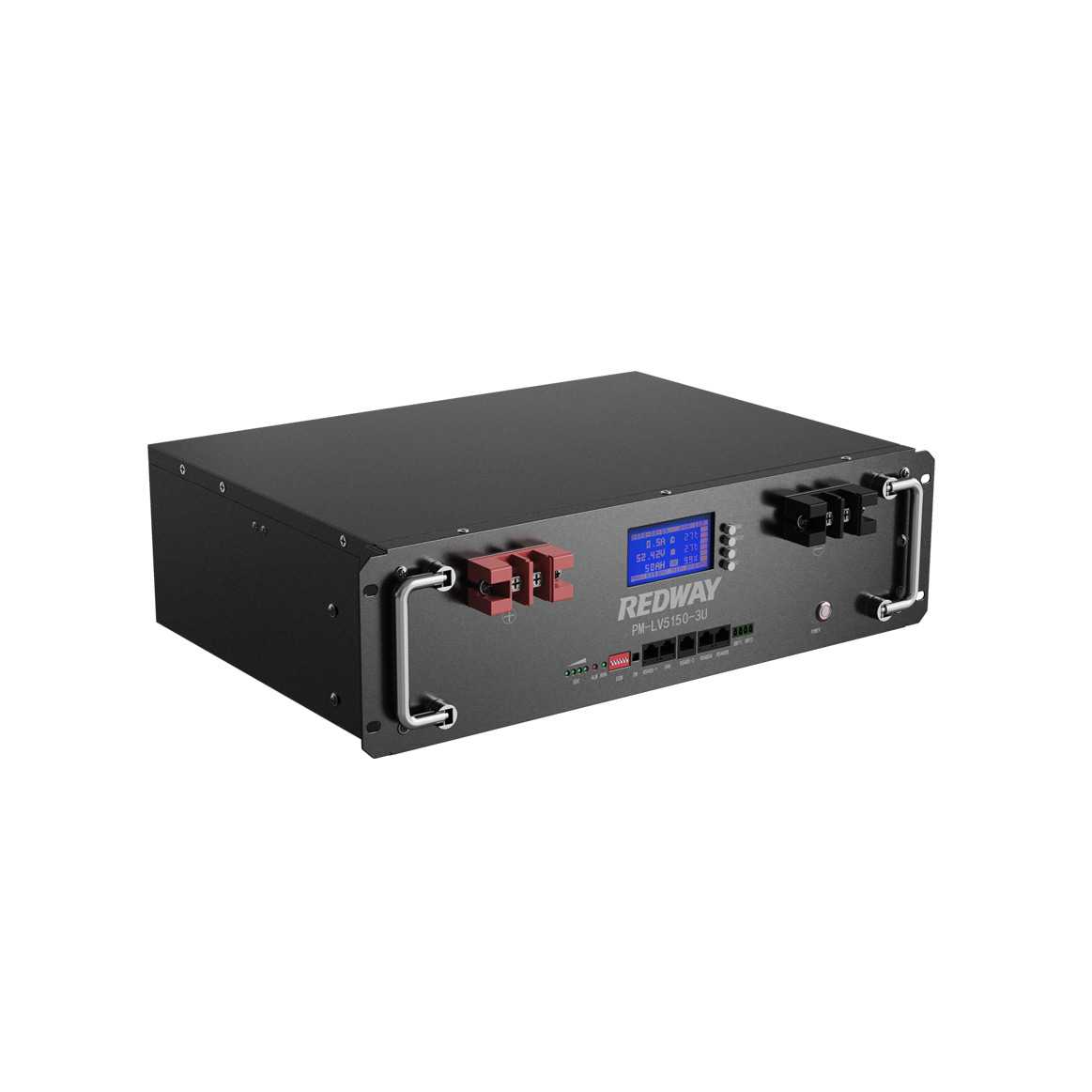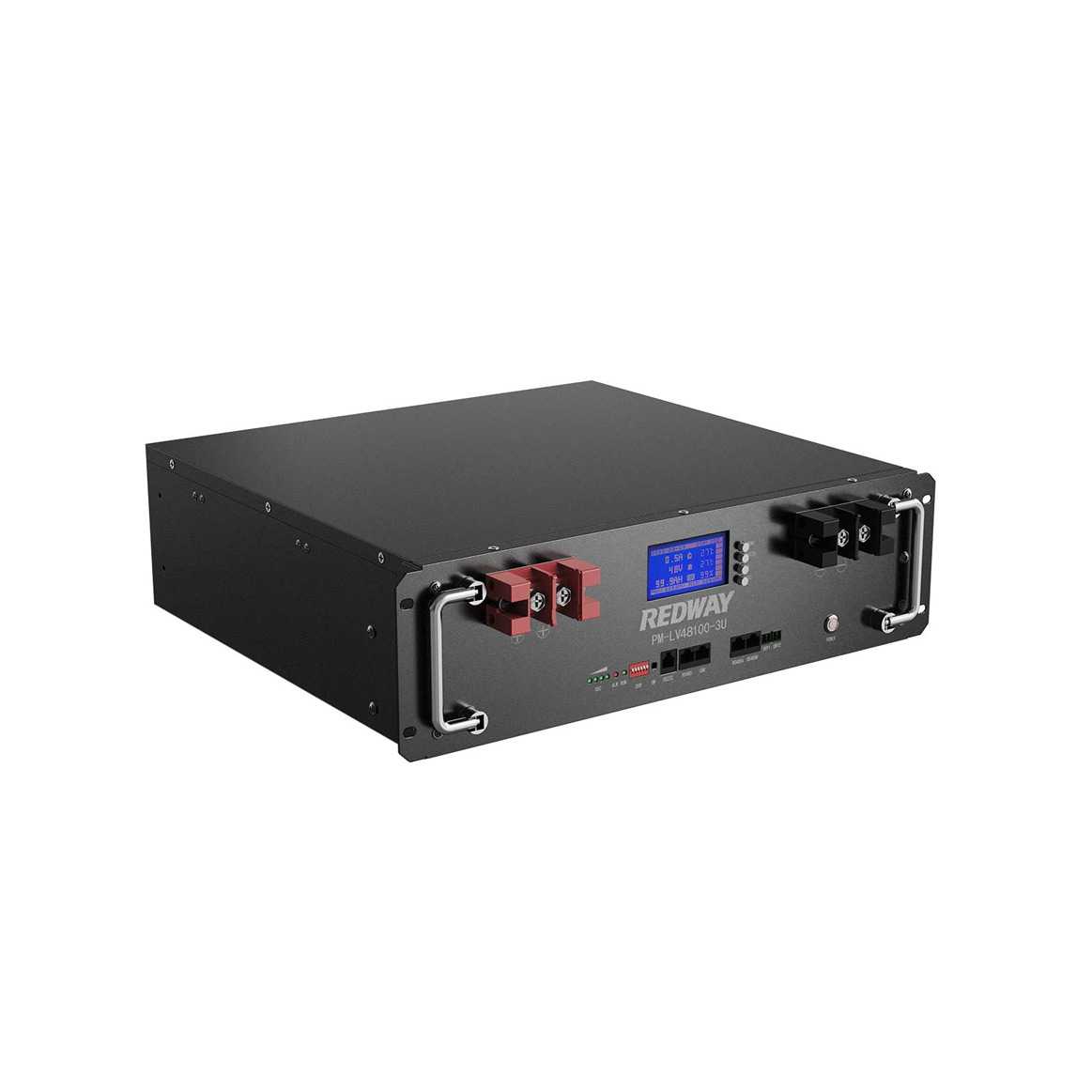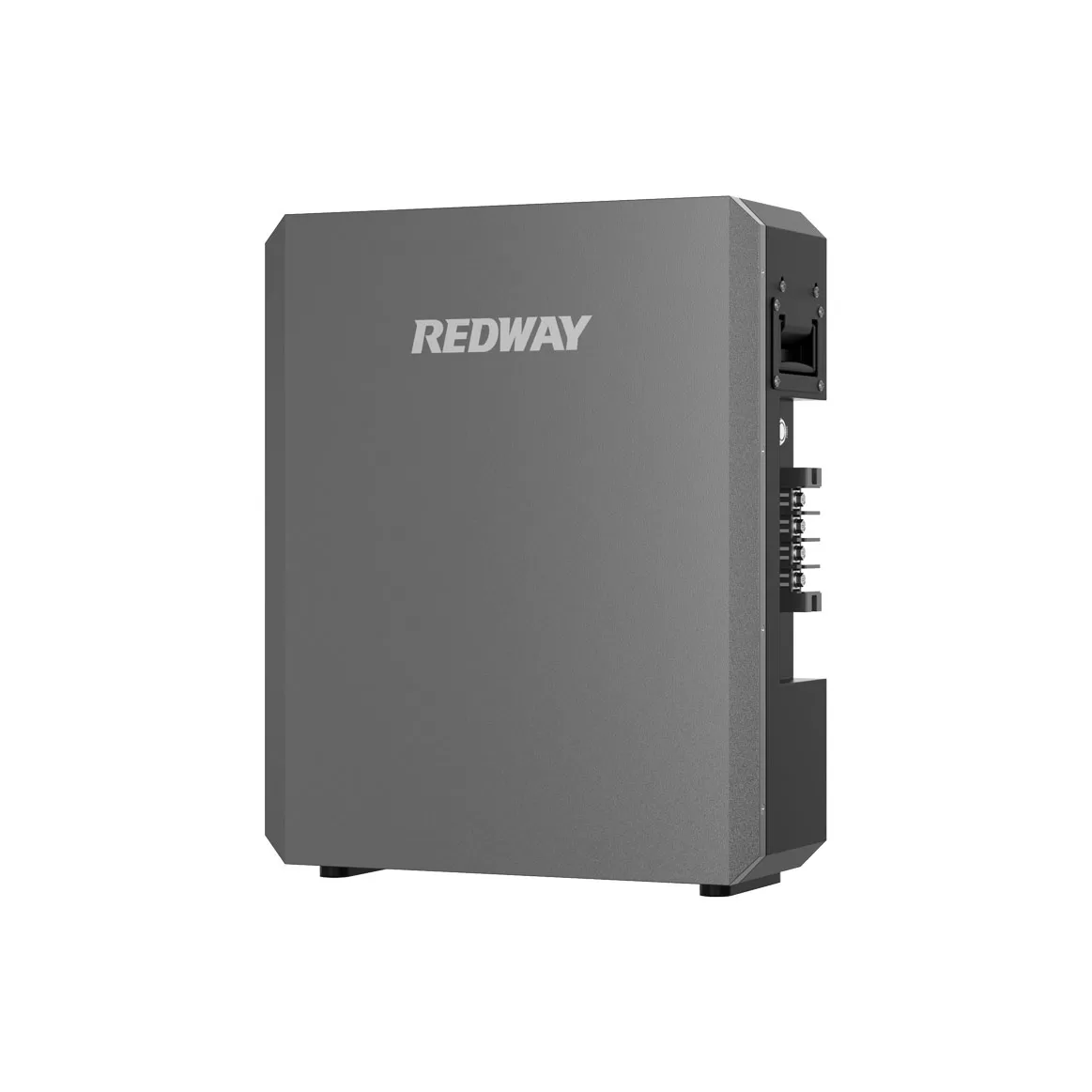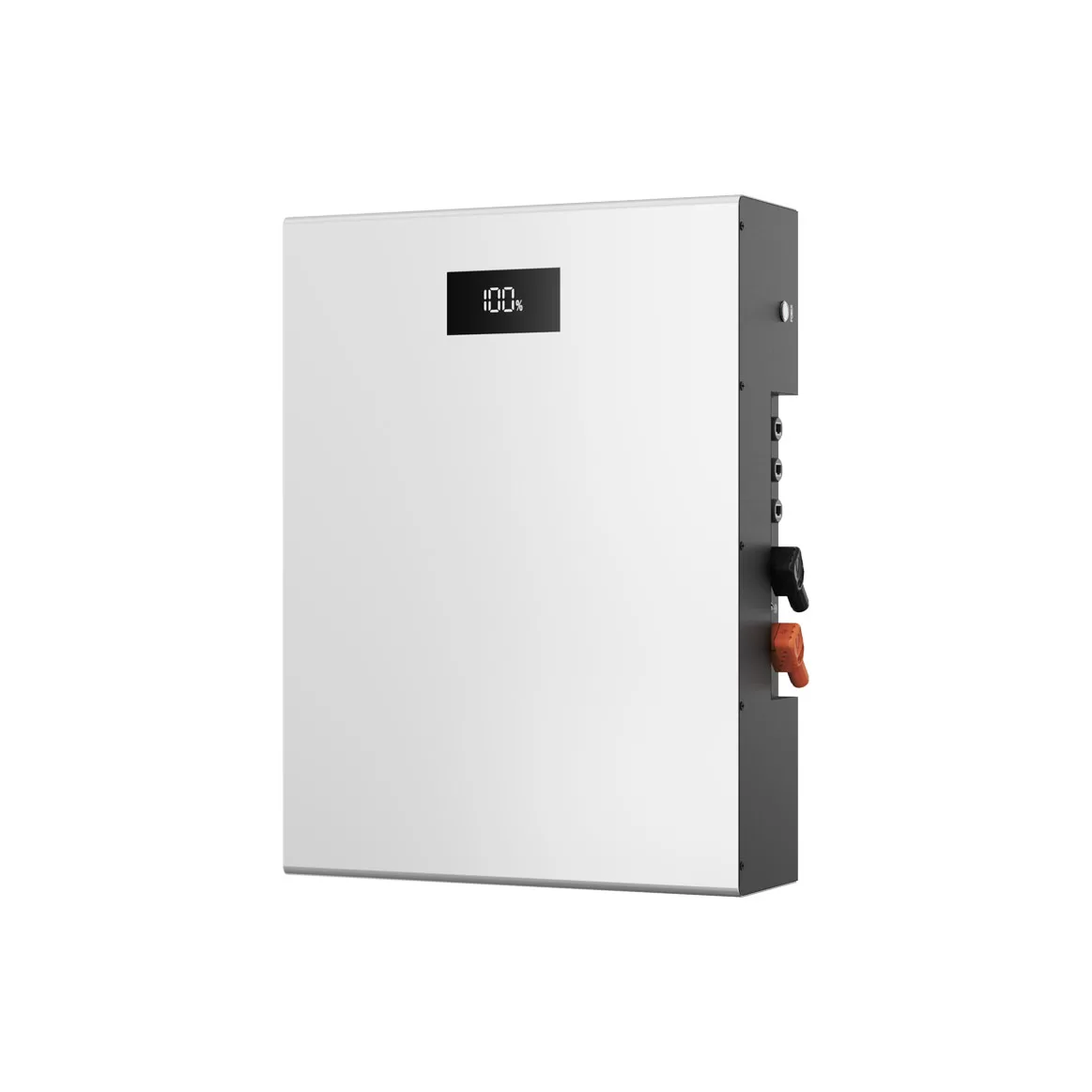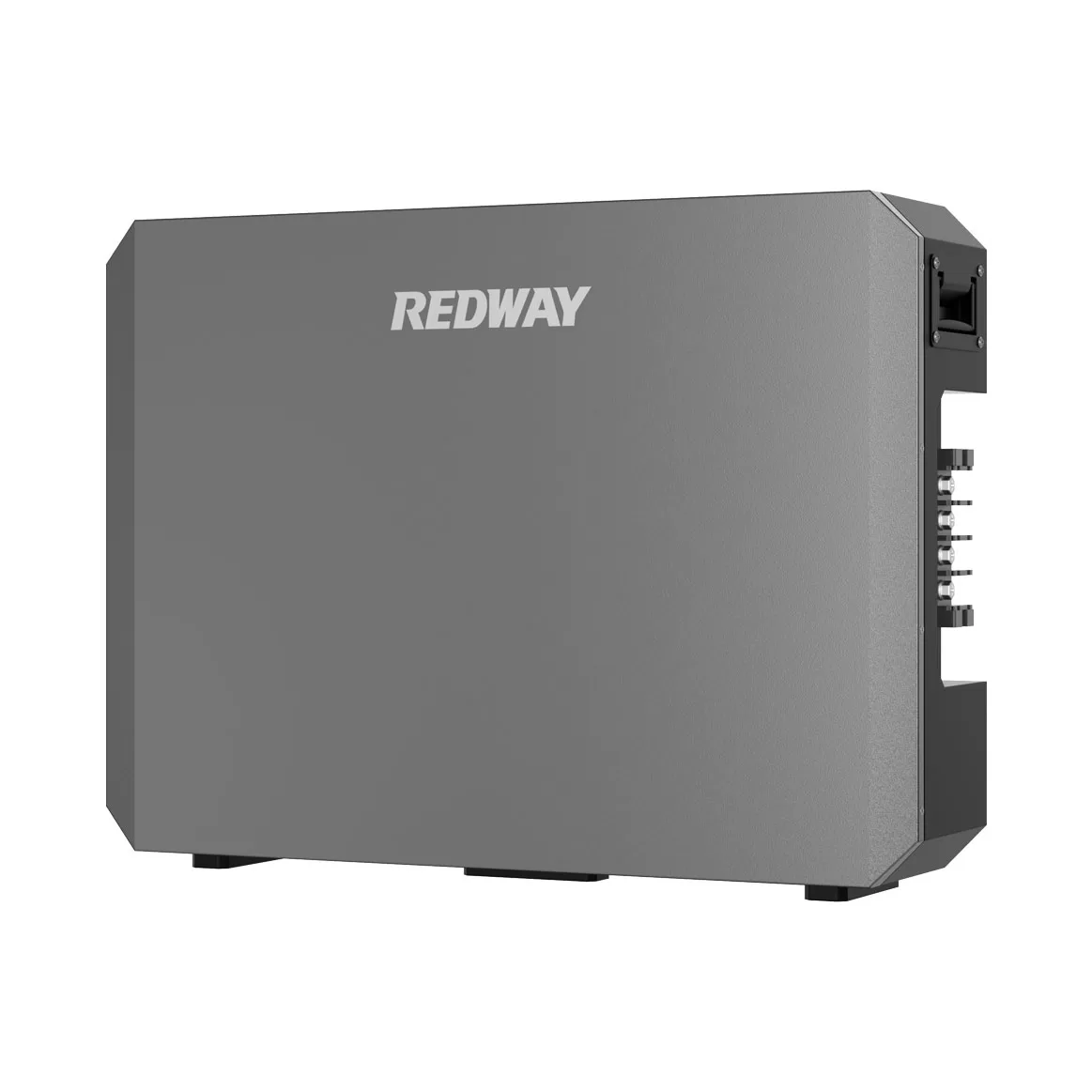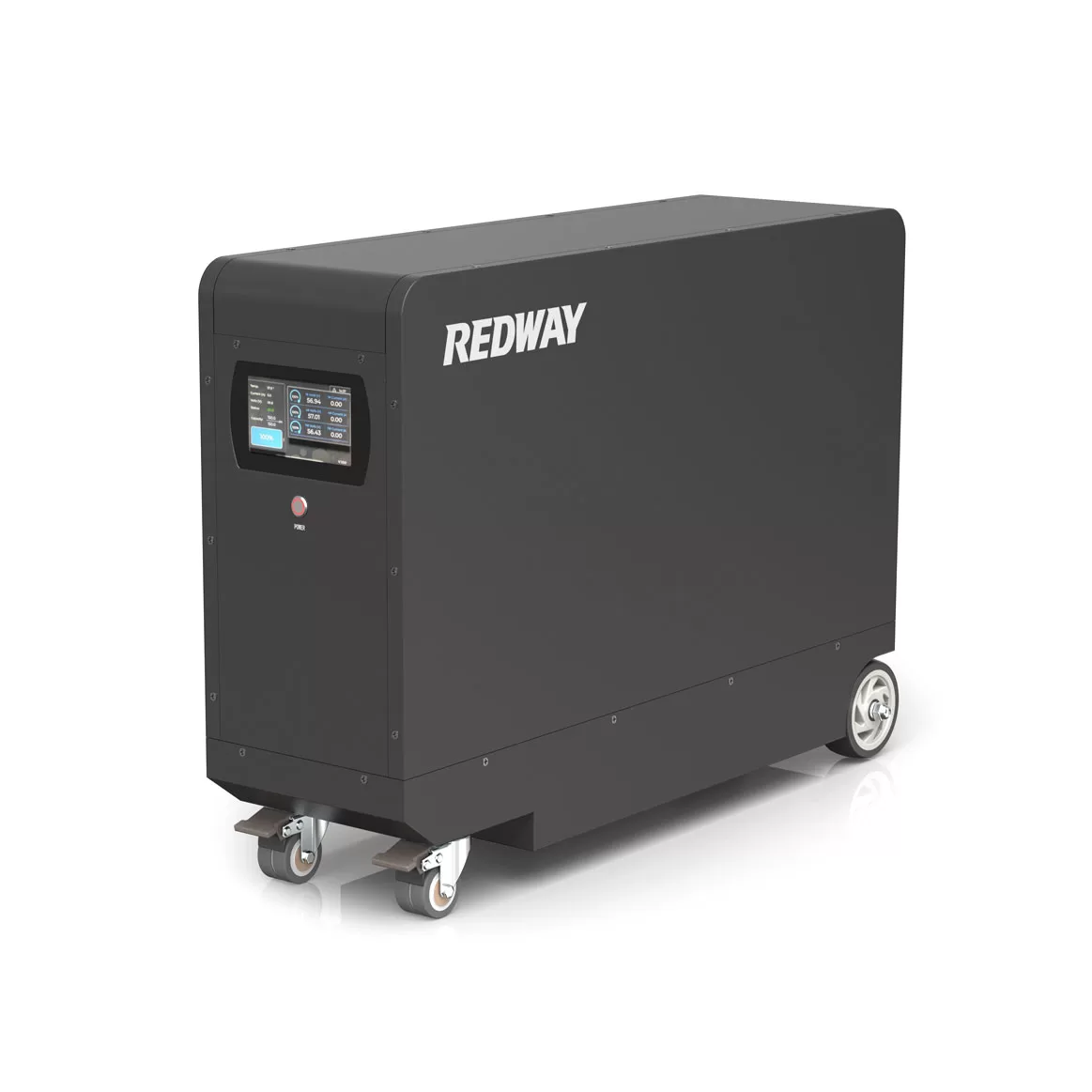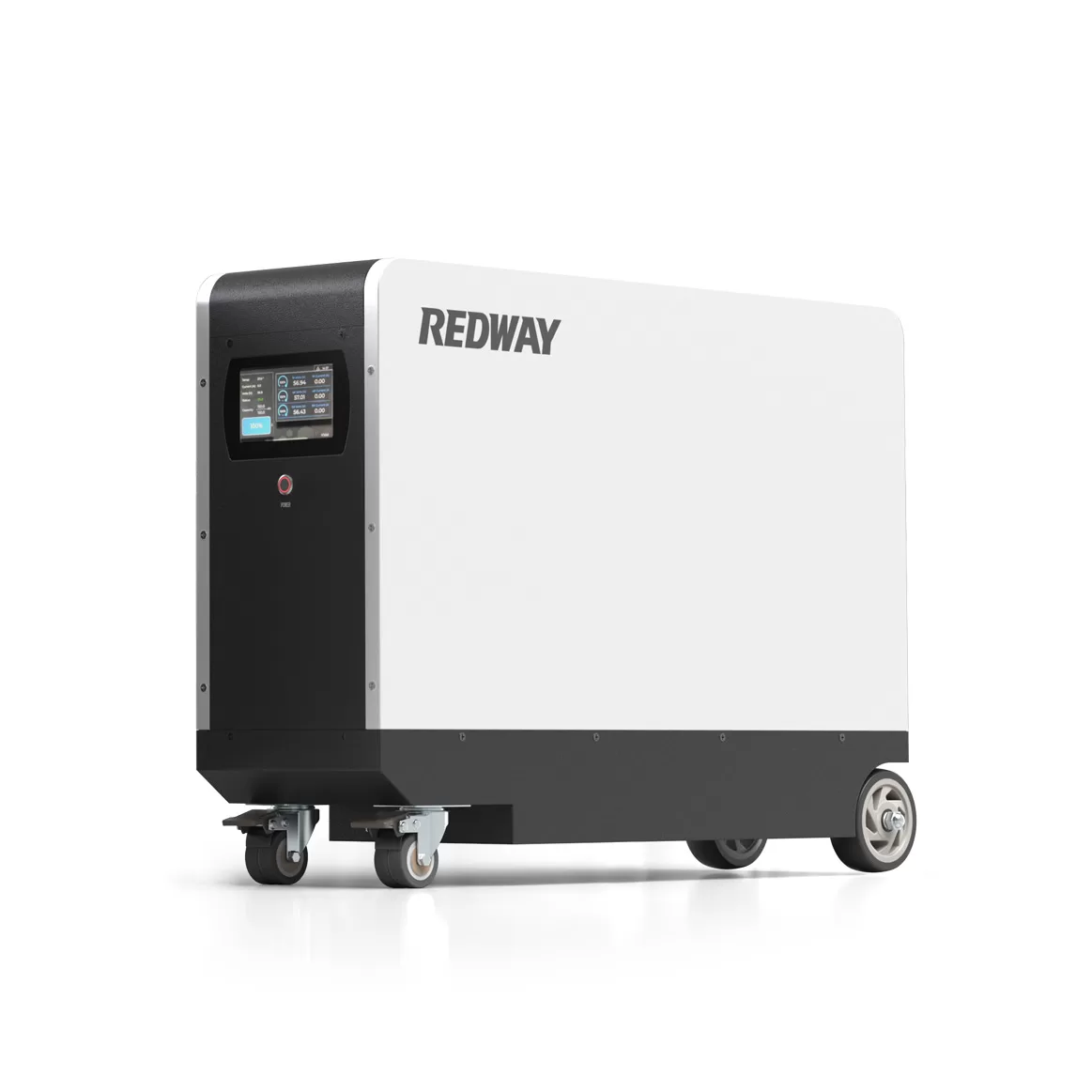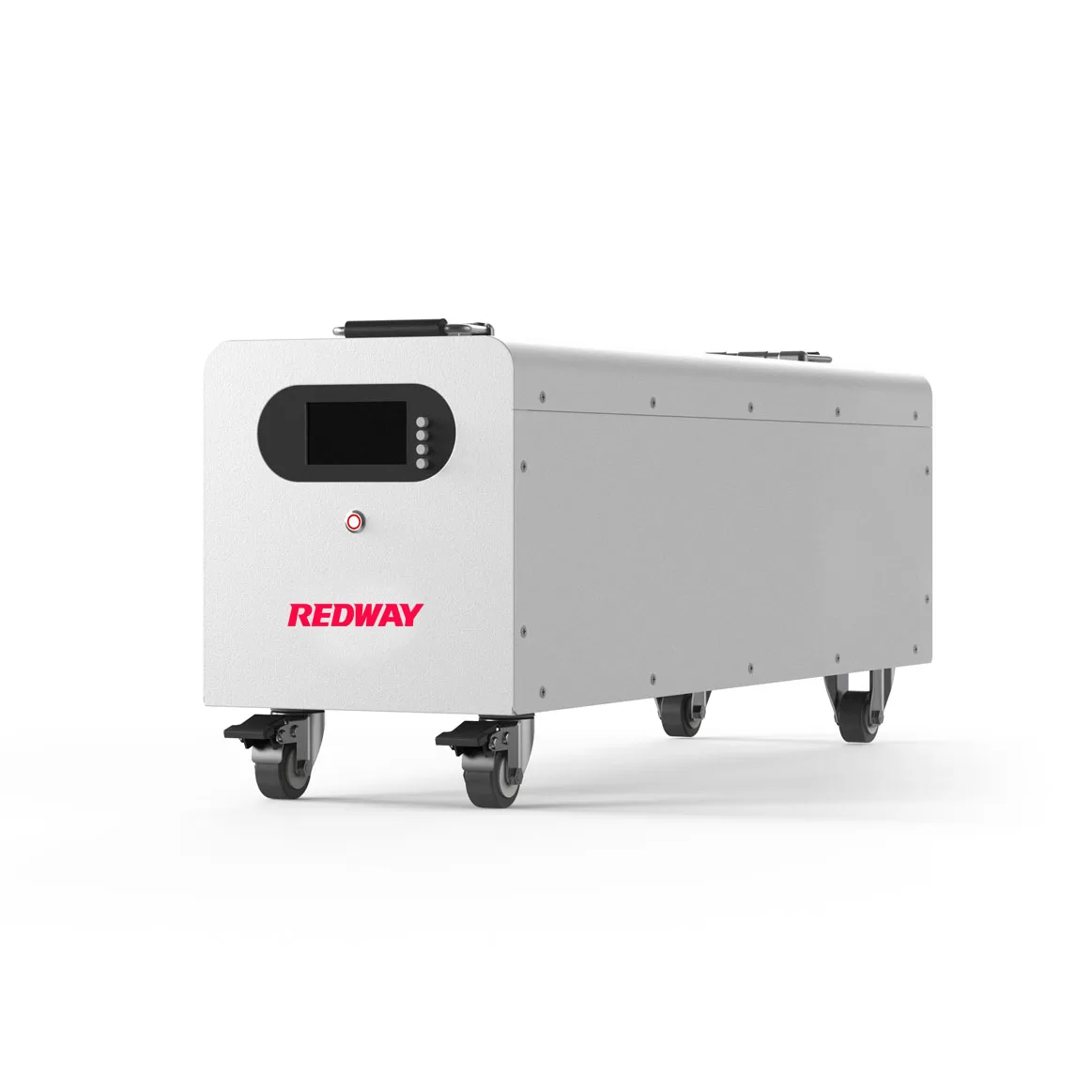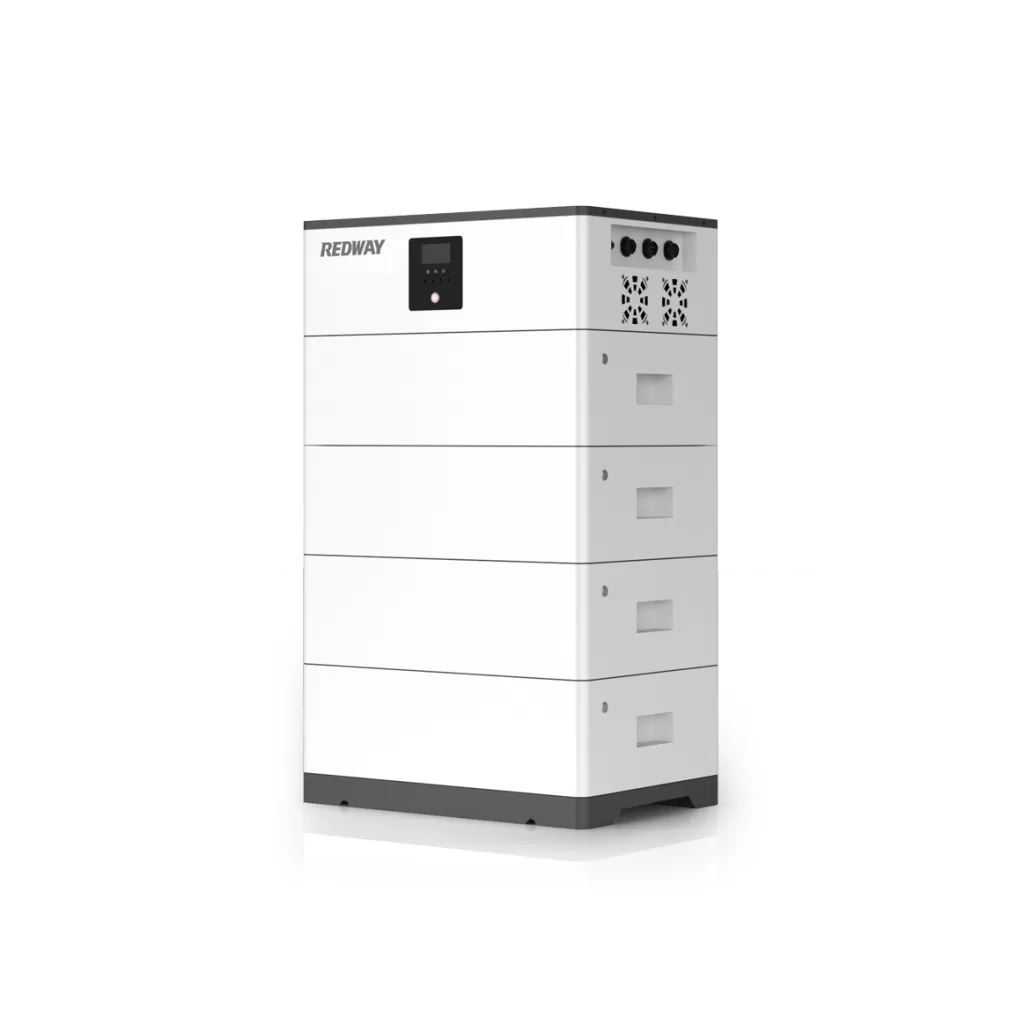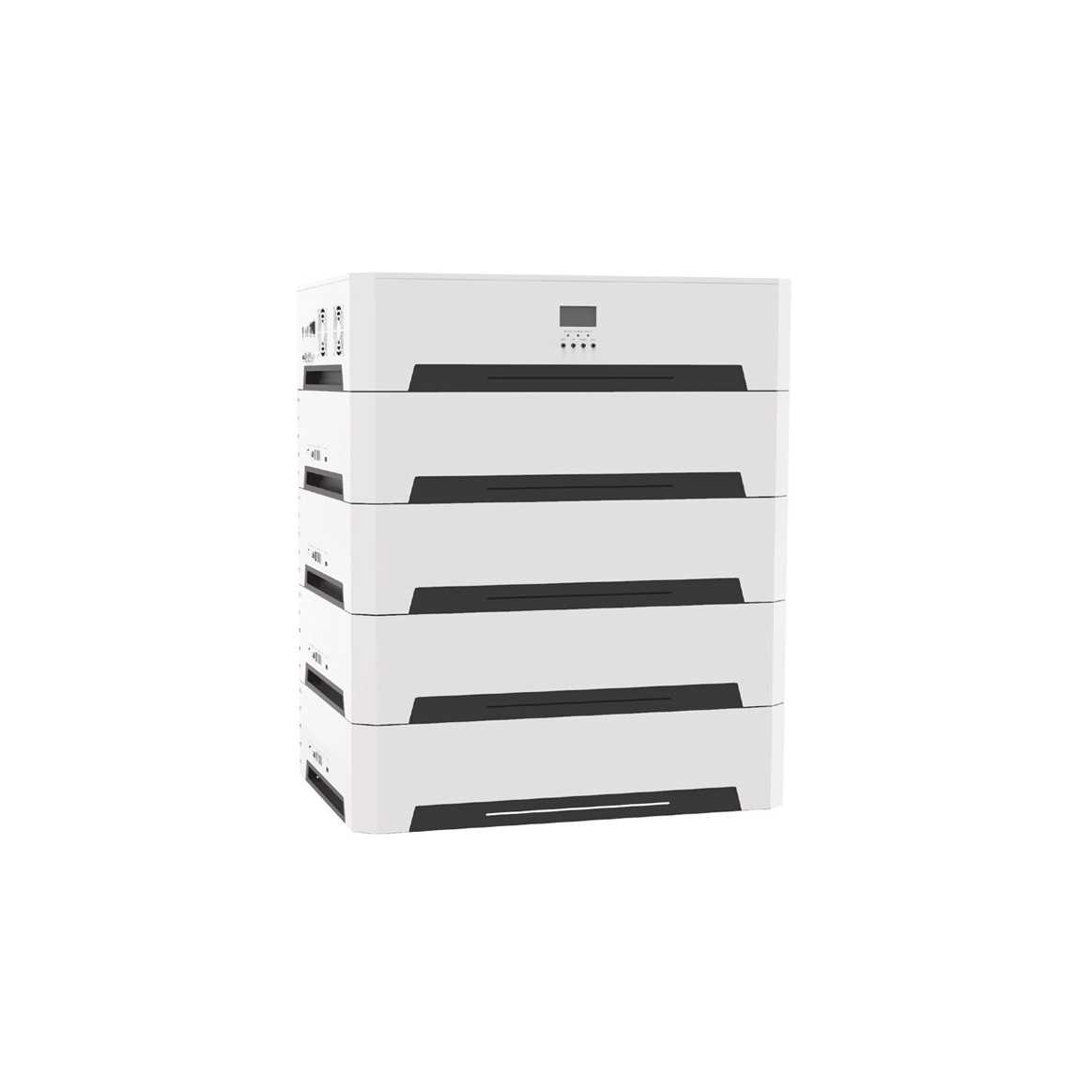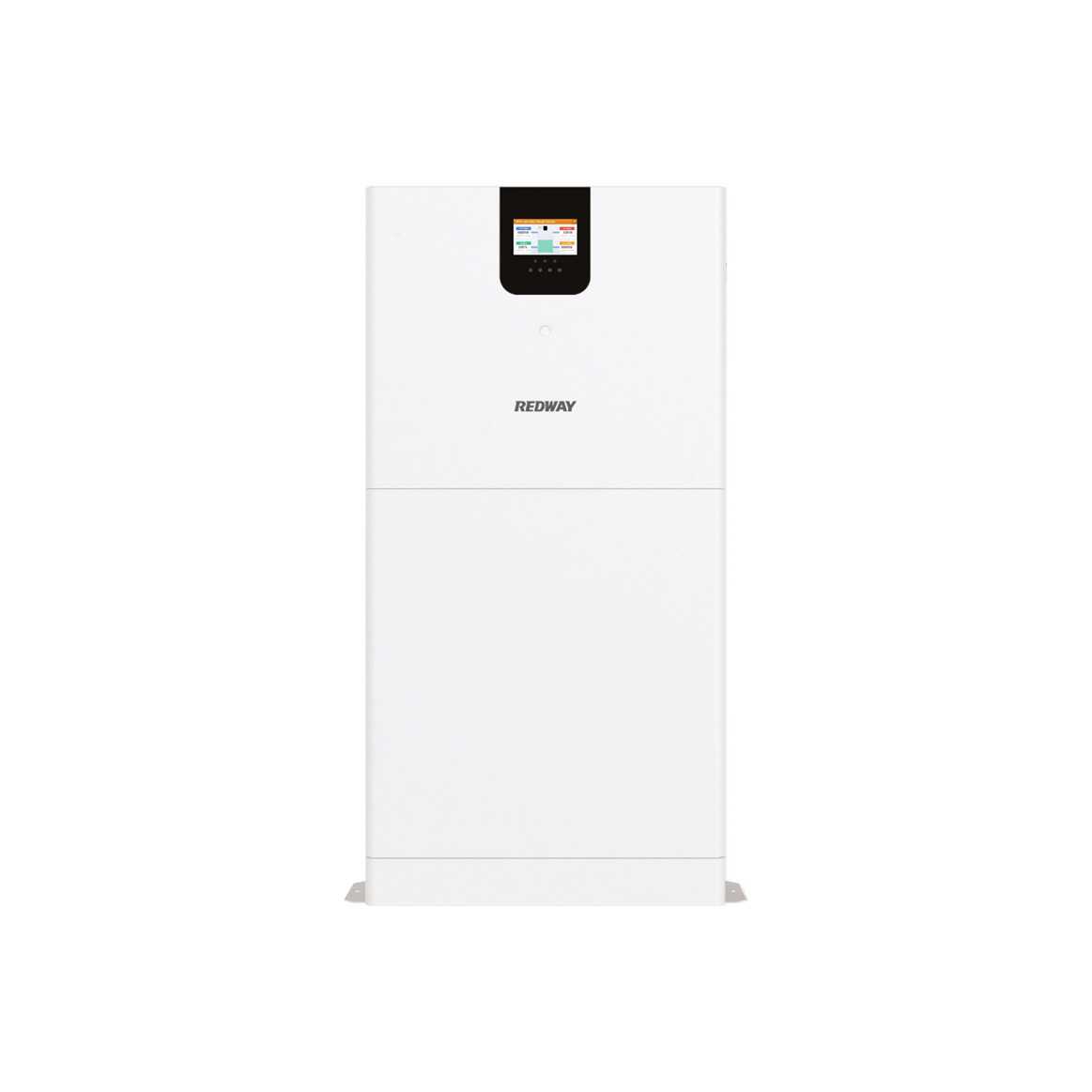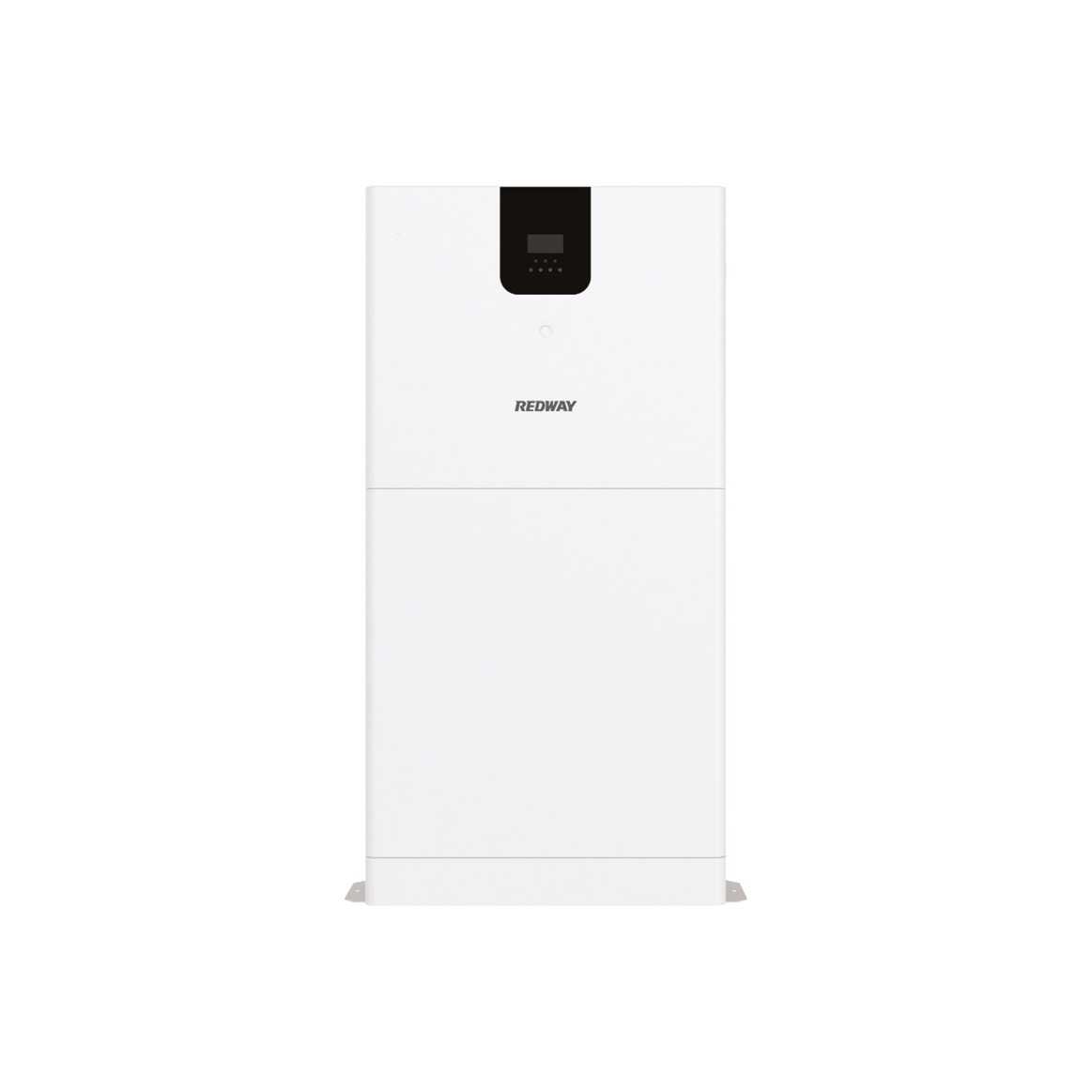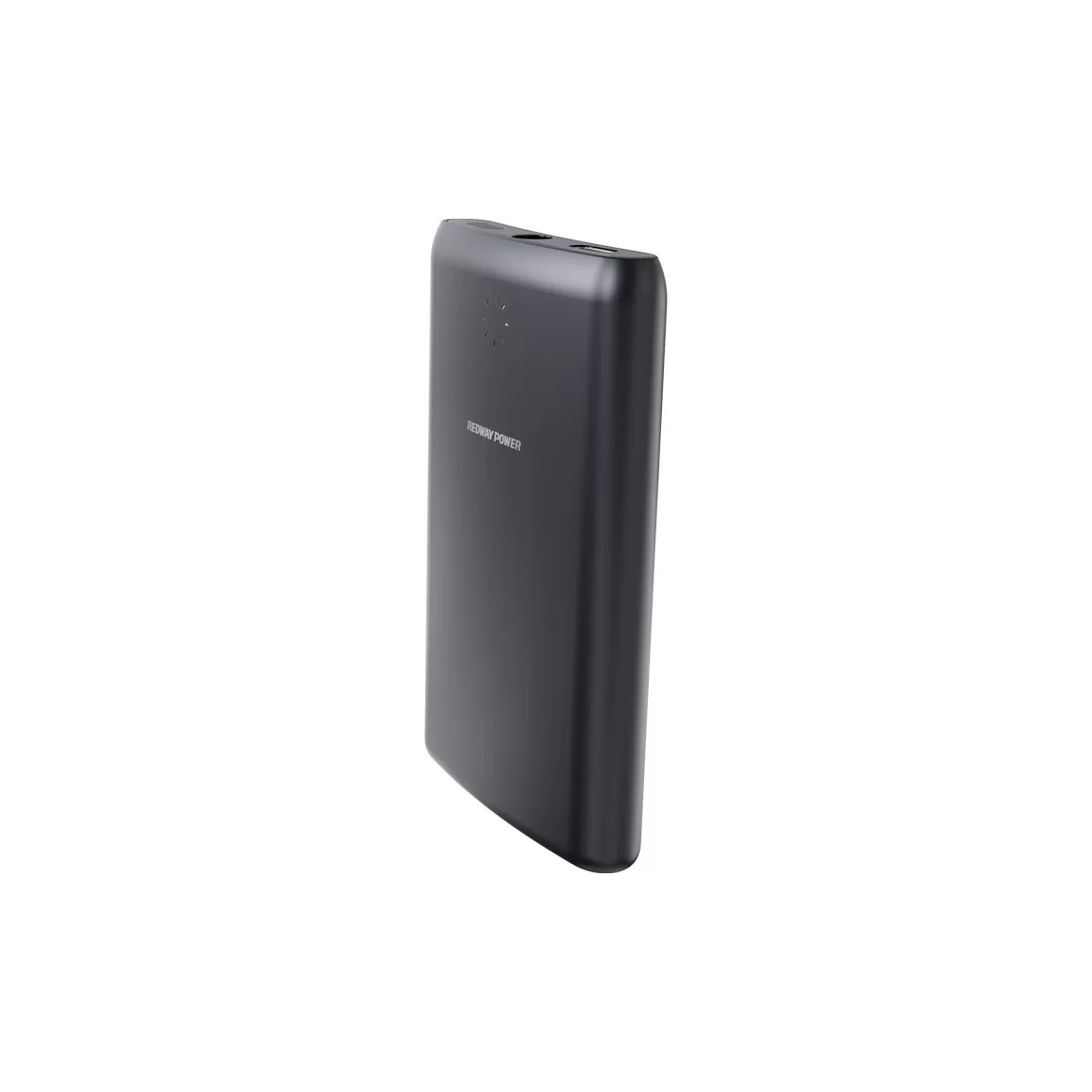En mayo de 2020, Huawei Digital Energy pasó a llamarse Huawei Network Energy.
En 2021, Huawei actualizará su estructura empresarial, con energía digital y computación en la nube, infraestructura de TIC, soluciones de automóviles inteligentes y otros negocios enumerados como departamentos de primer nivel. Las primeras cinco legiones “productoras de alimentos” de Huawei, entre las que se encuentran la legión de la energía de los centros de datos y la legión fotovoltaica inteligente, tienen fuertes lazos comerciales con la energía digital.
En 2022, los ingresos por energía digital de Huawei serán de 50.800 millones de yuanes, superando el negocio de computación en la nube y convirtiéndose en el tercer pilar más grande de ingresos de Huawei. Decenas de miles de millones de ingresos provienen del floreciente mercado de almacenamiento de energía en los hogares.
En el primer semestre de 2023, los ingresos del negocio de energía digital de Huawei fueron de 24.200 millones de yuanes, superando al negocio de computación en la nube.
En cuanto al diseño de Huawei en nuevas energías, la mayor parte de la atención del mercado está en el negocio automotriz. Sin embargo, a medida que la capacidad instalada de almacenamiento de energía eólica y solar continúa aumentando, el mercado fotovoltaico + almacenamiento de energía se ha convertido en una de las pocas vías con una gran certeza. Como el “elefante en la habitación”, ¿cómo conquistó Huawei Digital Energy la ciudad y se elevó paso a paso?
01
¿Cómo levantarse?
El auge de Huawei Digital Energy se puede resumir en tres puntos:
El momento preciso de entrada en el mercado, las rutas técnicas diferenciadas y el ejército de ventas de Huawei lideran el camino.
Hablemos primero de la situación de Huawei cuando entra en el nuevo mercado energético:
Como actor dominante en la industria de las comunicaciones, Huawei no es un actor nuevo en la industria de la energía, pero siempre ha tenido genes relevantes en la industria. El negocio de la energía fue en su día un pilar importante de Huawei.
Las estaciones base de comunicación densamente pobladas suelen estar equipadas con equipos de suministro de energía y tienen un enorme nicho de mercado. La subsidiaria de Huawei, Mobeck (más tarde renombrada como “Huawei Electric” y “Ansheng Electric”), que se especializa en el suministro de energía de comunicación, se convirtió en la primera en el mercado en solo 4 años.
Pero en el año 2000, debido al estallido de la burbuja de Internet, Ren Zhengfei decidió vender Ansheng Electric a Emerson de Estados Unidos con un descuento de 6.000 millones de yuanes.
La venta de Ansheng Electric también vino acompañada de un acuerdo de no competencia de ocho años. Huawei solo pudo comprar equipos de energía de Emerson, y su negocio de energía cayó en silencio.
De 2008 a 2010, con el fin del acuerdo de no competencia, Huawei volvió al mercado eléctrico en busca de oportunidades.
Este período fue un período de rápido desarrollo para la industria fotovoltaica mundial. En 2009 y 2010, la capacidad fotovoltaica instalada global superó el total de los diez años anteriores, alcanzando los 62,4 GW, una tasa de crecimiento comparable a la del almacenamiento de energía en los últimos dos años.
Para Huawei, este no es un mercado desconocido. Las estaciones base de comunicación ubicadas en lugares remotos ya requieren un suministro de energía estable, por lo que la generación de energía fotovoltaica se convierte en la opción natural la mayor parte del tiempo.

En la cadena de la industria fotovoltaica, el inversor es un importante dispositivo electrónico de potencia, encargado de convertir la corriente continua generada por la energía fotovoltaica en la corriente alterna utilizada en los aparatos eléctricos de uso diario. Aunque los inversores fotovoltaicos en ese momento eran muy rentables, la posición principal todavía estaba controlada por empresas extranjeras, especialmente la empresa alemana SMA, que inventó el inversor centralizado y dominó el mercado.
Las enormes ganancias, la rápida expansión del tamaño del mercado y la baja concentración industrial le han dado a Huawei la determinación de hacer una apuesta.
Después de investigar el mercado, Huawei estableció su equipo central de investigación y desarrollo en Europa, estableciendo un centro de investigación de algoritmos y topología de inversores en Estocolmo, Suecia, y un centro de arquitectura y diseño de inversores en Nuremberg, Alemania. Esta fue la fuente de tecnología que más tarde permitió a Huawei embarcarse en un camino diferenciado.

Centro de Investigación y Desarrollo de Huawei en Núremberg en Alemania
Rutas técnicas diferenciadas:
Los inversores se dividen en inversores centralizados, inversores de cadena y microinversores. Los inventores de los dos primeros tipos son la empresa alemana SMA.
Antes de 2010, la ruta de la tecnología principal en la industria estaba dominada por inversores centralizados. Las ventajas de los inversores centralizados son la gran capacidad instalada y los bajos costes de construcción. A medida que crece la escala de las plantas de energía fotovoltaica, los inversores se hacen cada vez más grandes. El enorme inversor se coloca en una enorme sala de ordenadores independiente, y kilómetros de paneles fotovoltaicos están conectados a esta máquina.
The string inverter is to shrink the inverter and install it on each photovoltaic array, such as a railway police district in charge of a section of railway. Although SMA was the inventor, it was thrown into the scrap pile because the string assembly cost was higher and the technology was not yet proven.
In 2013, after Huawei had concentrated on research and development for three years, the product it wanted to launch first was a centralized inverter. After all, the market situation at that time was not clear. As of December 2013, only 2% of the world’s photovoltaic power plants above 5MW adopted string solutions.
But at that time, the price war in the photovoltaic industry was about to begin. After experiencing the subprime mortgage and European debt crises in 2010, photovoltaic subsidies declined sharply. From 2008 to 2013, the price of photovoltaic panels plummeted by 80%, which was also due to the formation of economies of scale in China’s photovoltaic industry.
Moments of reshuffle caused by price wars are often opportunities for new technologies to stand out.
String inverters have begun to attract the attention of the industry because of their precise control, which allows photovoltaic panels to generate more power.
In the face of rapid technological changes, fortunately, Huawei, as the “born king of technology”, has an internal horse racing mechanism and has laid out two technical routes. After an on-site investigation in Qinghai, the person in charge of Huawei Photovoltaics immediately gave up on the high maintenance cost and low efficiency of centralized inverters, and instead launched smart string inverters.

Huawei string inverters are installed directly under the photovoltaic array
The reason for Huawei’s maintenance costs is that centralized inverters require professionals to go to the site to handle faults, which takes about a week even in China. The maintenance-free design of Huawei’s inverters means that operation and maintenance personnel basically do not need to go to the site. Even if there is a fault, on-site replacement only takes 2 hours.
The level of operation and maintenance costs has become quite prominent amid the “bloodbath” of price wars. Differentiated technology routes have propelled Huawei to become the leader in industry R&D trends.
Finally, there is the sales force created by Huawei’s “wolf culture”:
There are two examples that illustrate Huawei’s ferocity in developing new energy sectors.
In 2015, after the news came out that China Minsheng Investment Group would build the Ningxia Yanchi Power Station, the world’s largest photovoltaic power station, Huawei’s sales team of dozens of people “stationed” in the office of China Minsheng Investment Group for a long time and started one-on-one ” capture”.
Huawei’s sales staff all have professional backgrounds, so they rely not on pure sales skills, but on impressing customers through technical exchanges. In the end, Huawei won the bid, and Ningxia Yanchi Power Station was equipped with Huawei inverters.
Also this year, customer S of a large state-owned energy enterprise was one of the leaders in the new energy industry, and Huawei had been blocked from entering.
At the end of the year, Huawei Sales learned that their annual meeting was held at a training center in a district in Beijing, and that leaders from various provinces and cities would attend the meeting.
So Huawei quickly targeted a nearby hotel and built a full-scenario smart photovoltaic solution overnight the night before the annual meeting, and dispatched first-level experts to the site to facilitate communication with customers at any time. After the event, Huawei successfully received orders from state-owned enterprise customers.
It was this sales force that allowed Huawei to establish a presence in the new markets it entered in just two or three years.
02
How to stabilize your position?
After taking the market leading position, Huawei relied on two measures to further consolidate its position:
First, comprehensively promote intelligence to help the industry reduce costs and improve efficiency.
There are many technological integrations that can be extended to string inverters. The Huawei team was the first to think of the IV (current-voltage) curve test function and successfully installed it on the string inverter, which can intelligently identify the characteristics of photovoltaic modules. 14 common faults.
Before this, the inspection of photovoltaic modules in the field was mainly done manually. There are 300,000 modules for 100W modules and nearly 20,000 strings, covering an area of more than 2 square kilometers.
If a comprehensive inspection is completed manually, it is equivalent to the operation and maintenance personnel having to measure hundreds of kilometers with their feet, during which they have to test components one by one. Comprehensive inspection of photovoltaic panels is considered “impossible”.
After Huawei launched its smart IV detection technology, the industry followed suit overnight. However, the accuracy of smart IV diagnostic technology is based on the accumulation of massive data. Without big data and a set of advanced algorithms, accuracy is difficult to guarantee.
Also based on big data, Huawei has also launched a “bifacial module + tracking system” matching method, which can obtain the optimal corner of the tracking bracket in real time, fully releasing the suppressed potential of bifacial modules, thereby ensuring the best performance of the power station. of power generation.
The advantages of intelligent technology are progressive and will allow Huawei to bind more top customers.
In 2015, Sungrow, which was once the No. 1 in the inverter market, signed strategic agreements with four leading photovoltaic power station developers. The other parties guaranteed to give priority to Sungrow’s inverter products.
But this still has not stopped Huawei’s development momentum. Since 2015, Huawei’s inverter shipments have surpassed SMA for the first time, ranking first in the world. Since then, Huawei’s inverter shipments have ranked first in the global market share for many years.
The second is to benchmark Tesla from the business level in transforming into optical and storage integration.
Tesla’s typical Powerwall “photovoltaic + energy storage” system consists of three core components: photovoltaic modules, batteries, and inverters, supplemented by other electrical equipment such as distribution boxes and measuring instruments. It connects Solarcity and Tesla cars, Powerwall It connects the entire stages of power generation, storage, and consumption to promote changes in household energy usage.
In addition to not building a car, Huawei Digital Energy’s Fusion-solar solution can be said to have been imitated at the pixel level, and the strategic layout similarity is high enough – directly cutting into the terminal and grasping user needs, rather than horizontally like many inverter companies. Develop energy storage inverters.

Comparison chart of household storage solutions between Huawei and Tesla
In 2020, Huawei released the household intelligent energy storage LUNA2000, which uses lithium iron phosphate cells and a modular battery design, ranging from 5 to 30kWh, with flexible power expansion; each battery pack has a built-in energy optimizer, independent charge and discharge management, and supports new and old batteries. Mixed packages.
LUNA2000 became a phenomenal product that year. In 2021, Huawei, which was originally unknown in the top ten list, directly became fourth in household energy storage shipments, with a global market share of 9%.
Household storage is a link in the entire chain of Huawei’s digital energy, from power generation, transmission to electricity consumption, connecting the upstream and downstream of the energy system. And a large amount of data accumulation can transform Huawei’s digital energy’s intelligent advantages.
For example, Huawei has launched an AI-driven cloud BMS system for energy storage and new energy vehicles, which can provide early warning for thermal runaway of battery cells. The goal is to achieve “day” level warning.
03
Will Huawei “Return” to the domestic market?
In 2020, Huawei Digital Energy was renamed and prepared as a first-level department, merging the original network energy business and smart photovoltaic business. These two businesses are also important sources of revenue for digital energy.
Network Energy’s core business is UPS (uninterruptible power supply) for data centers. When the global cloud computing market expands, UPS is an important protection equipment in the event of an accident in the computer room.
Hou Jinlong, the current president of Huawei Digital Energy, and Fang Liangzhou, vice president, once served as product line president and vice president of Huawei Network Energy respectively. Hou Jinlong is a current member of Huawei’s board of directors.
In 2020, the president and vice presidents of Huawei’s smart photovoltaic business at that time were Xu Yingtong and Zhang Xianmiao. After the business was prepared for reorganization, Xu Yingtong briefly transferred to the president of Huawei’s newly established artificial intelligence business.
However, the last two smart photovoltaic executives resigned together and chose to continue entrepreneurship in the energy storage market. In 2022, they established a household energy storage startup company called “Sige New Energy”.
Currently, Huawei’s smart photovoltaic is a product line of digital energy. Chen Guoguang, former president of global sales and services of Huawei’s inverters, takes over from Xu Yingtong and serves as president of Huawei’s smart photovoltaic business.
Under the smart photovoltaic product line, Huawei has divided into three businesses for three major energy storage scenarios—power station smart photovoltaics, industrial and commercial smart photovoltaics, and household smart photovoltaics. The business presidents are Zheng Yue, Zhong Mingming, and Zhou Tao respectively.
However, after the official announcement of the signing of the Saudi Red Sea large storage project in 2021, Huawei Digital Energy seemed to have “disappeared” in the country.
As Duan Li, general manager of Huawei Digital Energy China’s energy storage business, introduced his business not long ago: “Huawei’s energy storage has a relatively small voice in the domestic market compared to overseas.”
Huawei also seems to have little interest in the fiercely competitive large-scale energy storage bidding in China and has not participated in many projects.
In 2022, Huawei’s energy storage will still be dominated by overseas markets, with shipments totaling 5GWh, of which 4.2GWh is household storage and 0.8GWh is large-scale energy storage. Overseas household savings directly brought tens of billions of yuan in revenue to Huawei Digital Energy.
The profit contrast between household savings and large-scale savings is quite large. The net interest rate of overseas household savings can reach more than 20%, while the net interest rate of large-scale savings is only single digits. Judging from the above-mentioned strategic layout and revenue proportion, Huawei’s choice is obvious, “unprofitable projects will not be considered.”
But after responding to market questions, Duan Li also said that Huawei’s strategy for the domestic energy storage market is also changing. “The policy of compulsory allocation of reserves has brought high certainty of industry demand, triggered iteration of industry production capacity technology, and made prices competitive. Therefore, the industry is maturing ahead of schedule.”
For Huawei, returning to the domestic market is also a necessary choice.
The three major markets for energy storage are North America, Europe and China. In 2022, Huawei’s energy storage revenue sources will mainly come from Europe, of which Germany will account for 15%, Italy will account for 5%, and other regions in Europe will account for 53%. The market share is already high enough. Since it cannot enter the US market, Huawei’s remaining market growth point for energy storage is domestic.
04
Epilogue
The battery industry is experiencing overcapacity, the energy storage market is experiencing price wars, and project bidding prices are falling. Just like the photovoltaic market that relied on technology to increase efficiency many years ago, the current large-scale storage and industrial and commercial energy storage markets are also facing a stage of cost reduction and efficiency improvement. For Huawei Digital Energy, new opportunities are emerging.
Related Posts
- ¿Qué es una solución energética general para los sistemas de almacenamiento de energía domésticos?
- Ventajas de rendimiento del recubrimiento de lámina de aluminio y carbono con lámina de cobre en baterías de iones de litio
- Se prevé que el mercado mundial de materiales para baterías alcance los 72.600 millones de dólares en 2028
- Prologue EV, ZDX EV y baterías de estado sólido de Honda: los últimos avances en la industria automotriz
- Presentación del producto SOLAX POWER HOME-ESS
- Nissan logra el hito de vender 1 millón de vehículos eléctricos en todo el mundo
